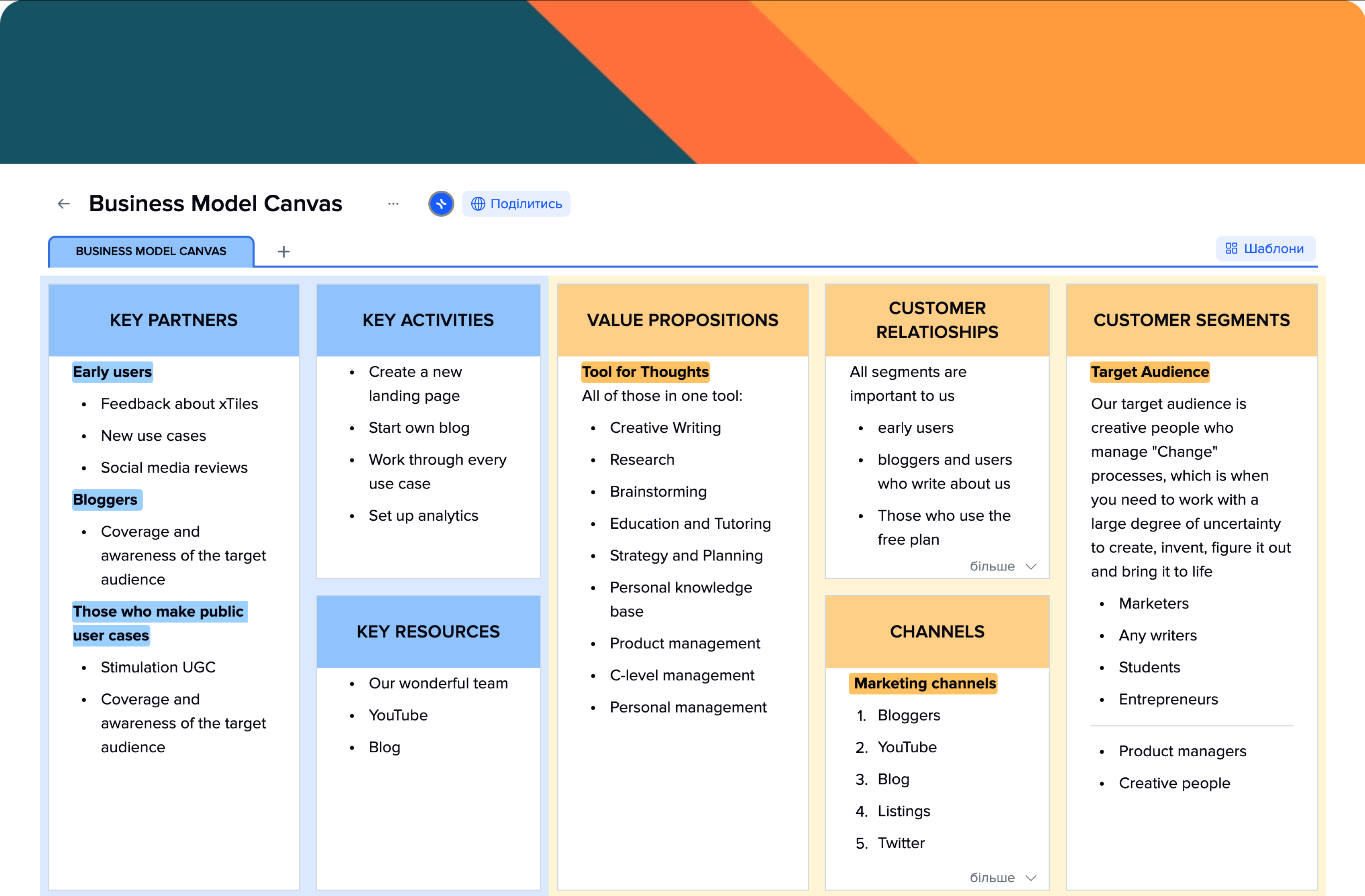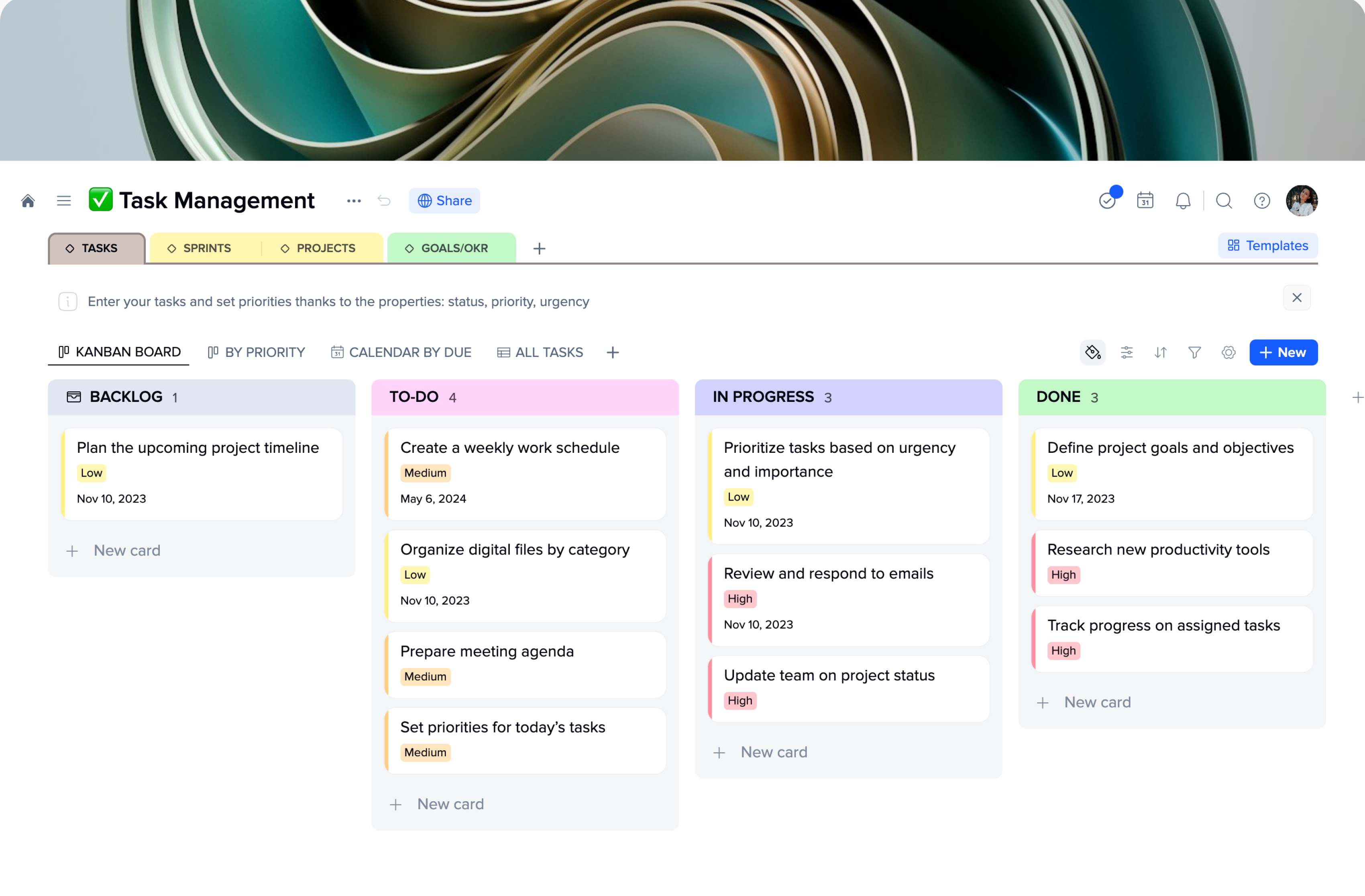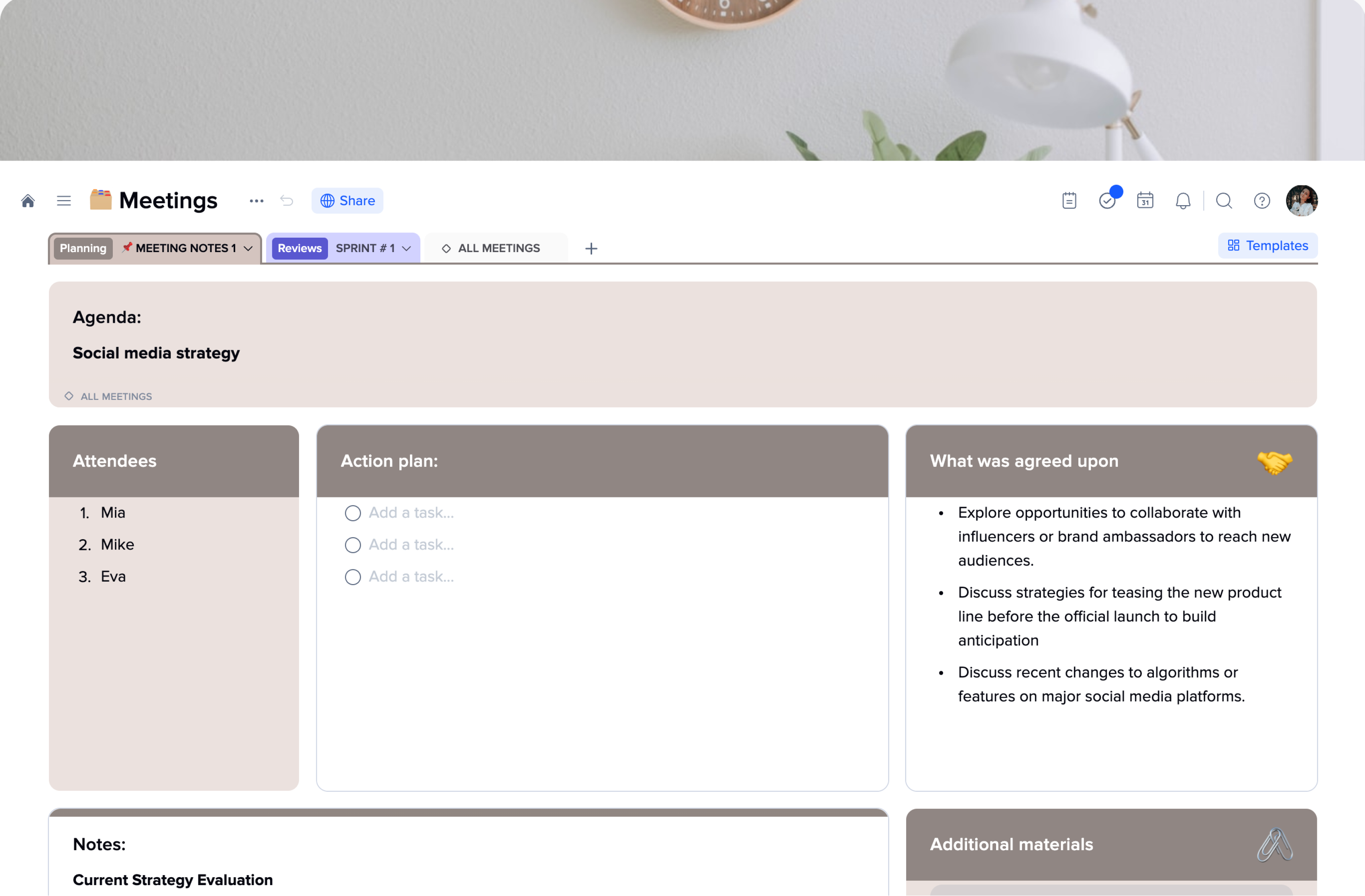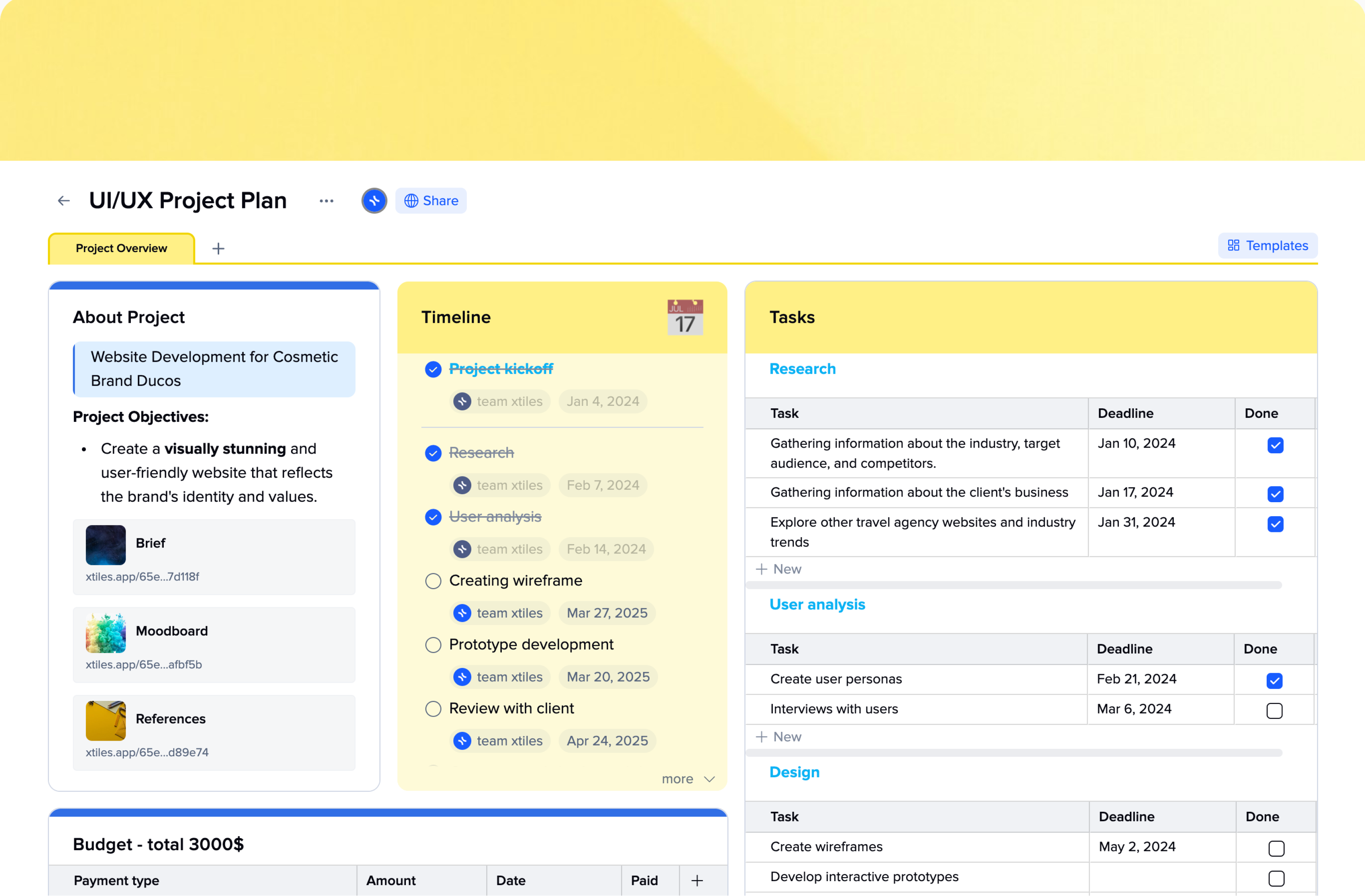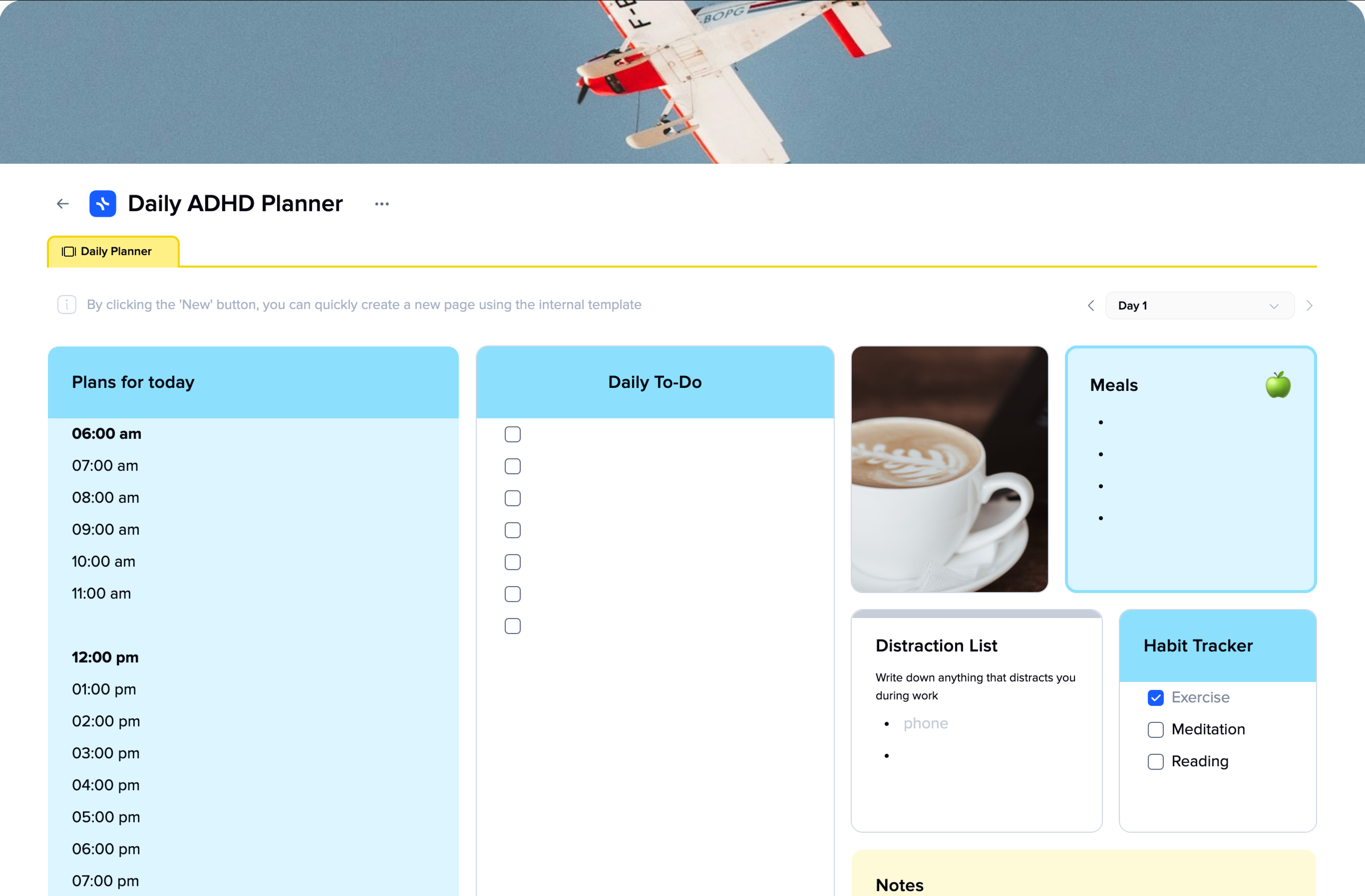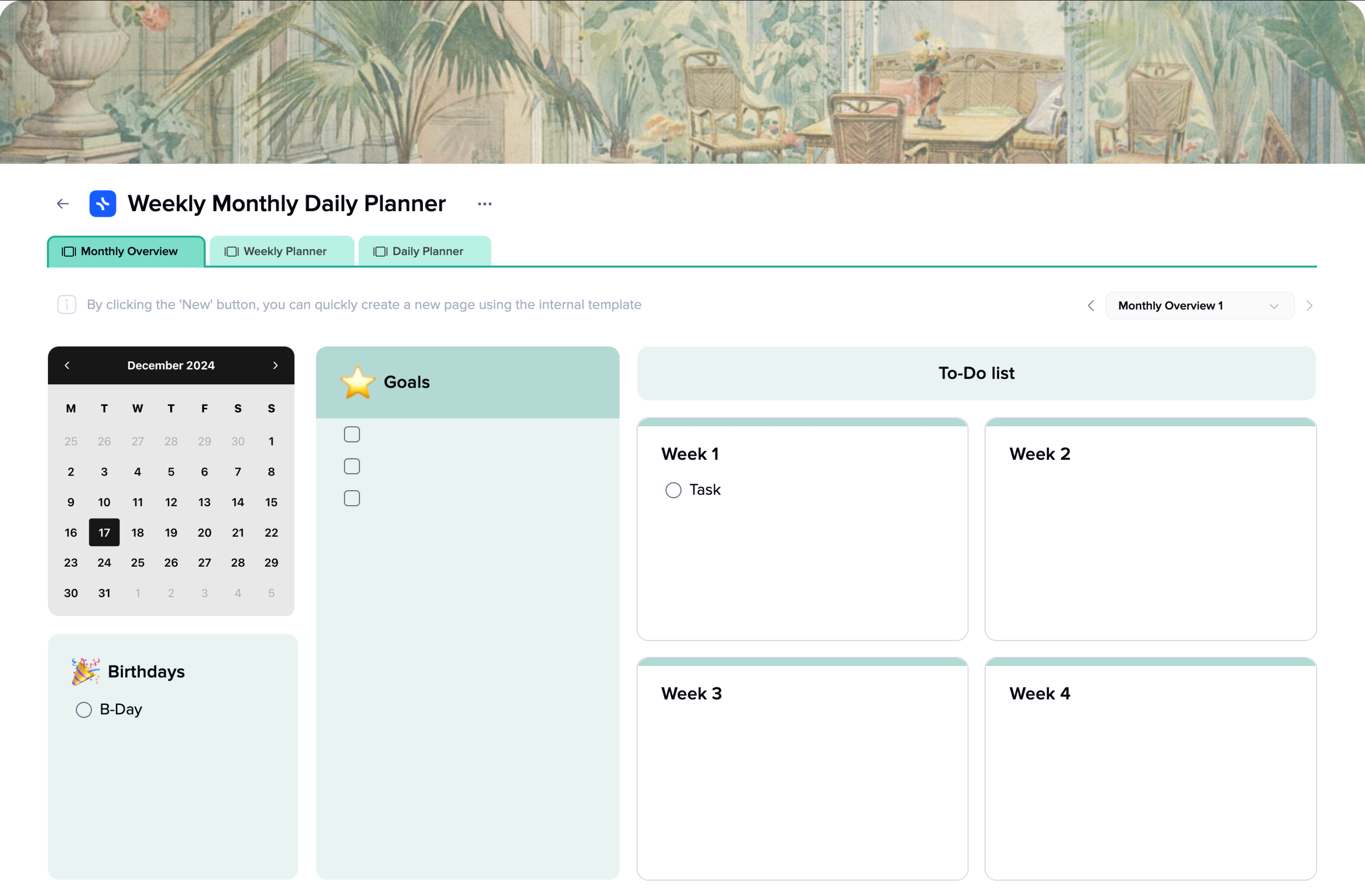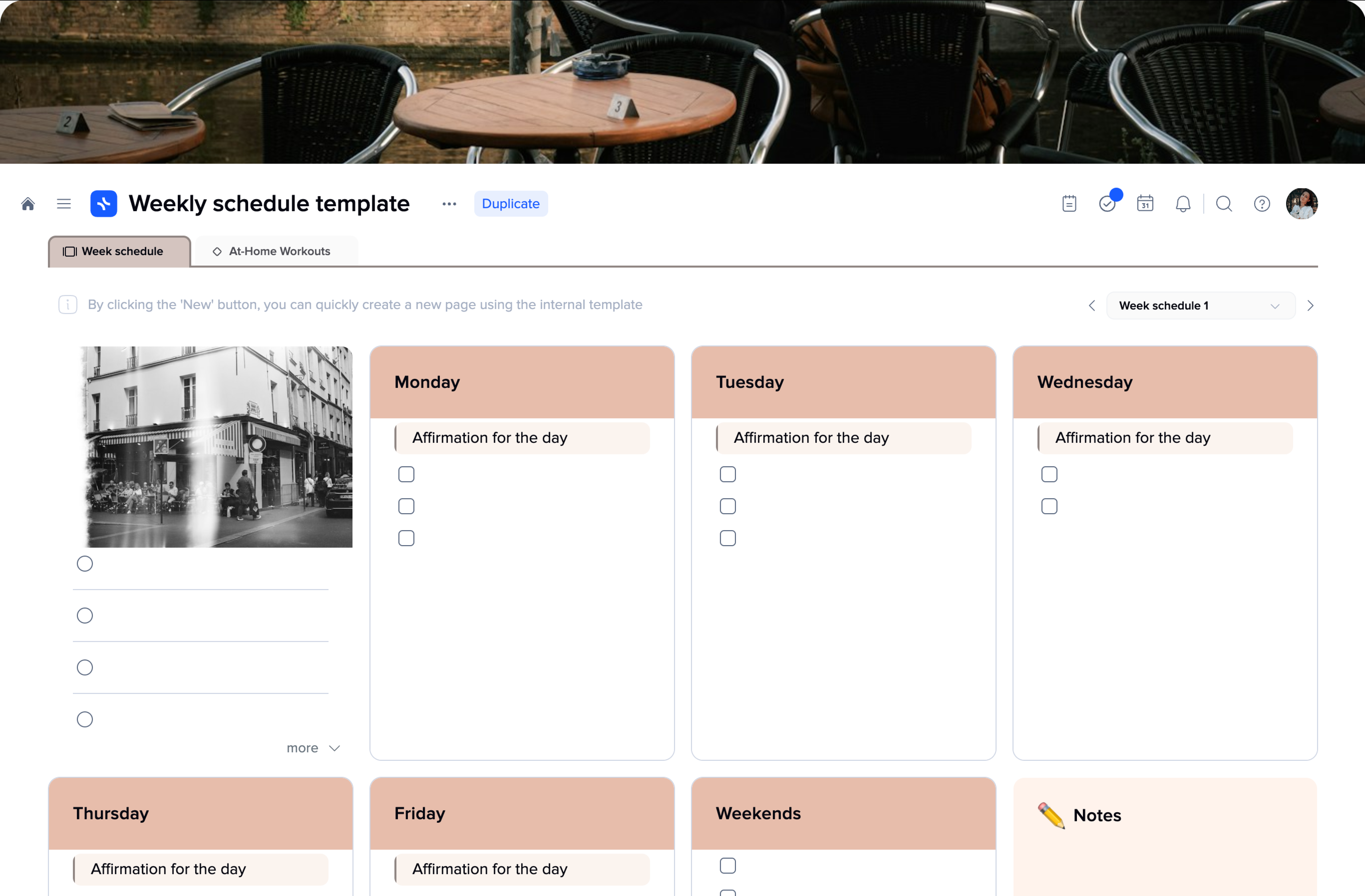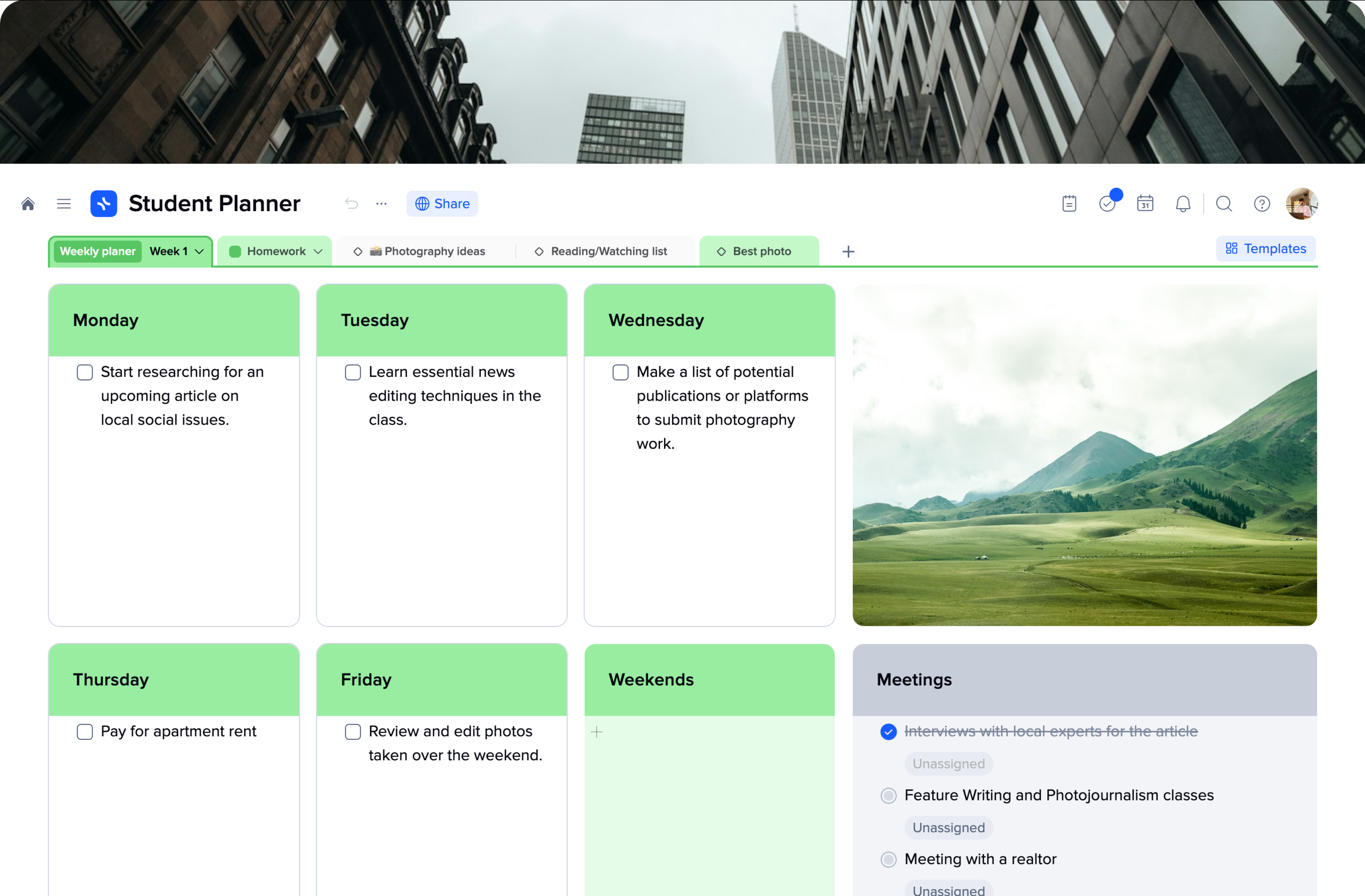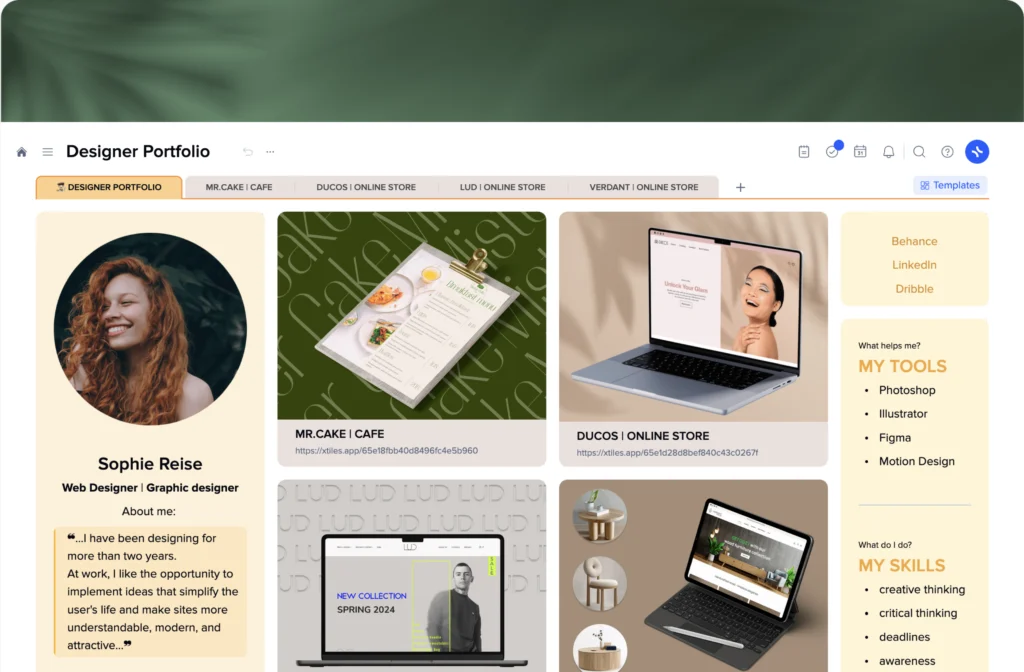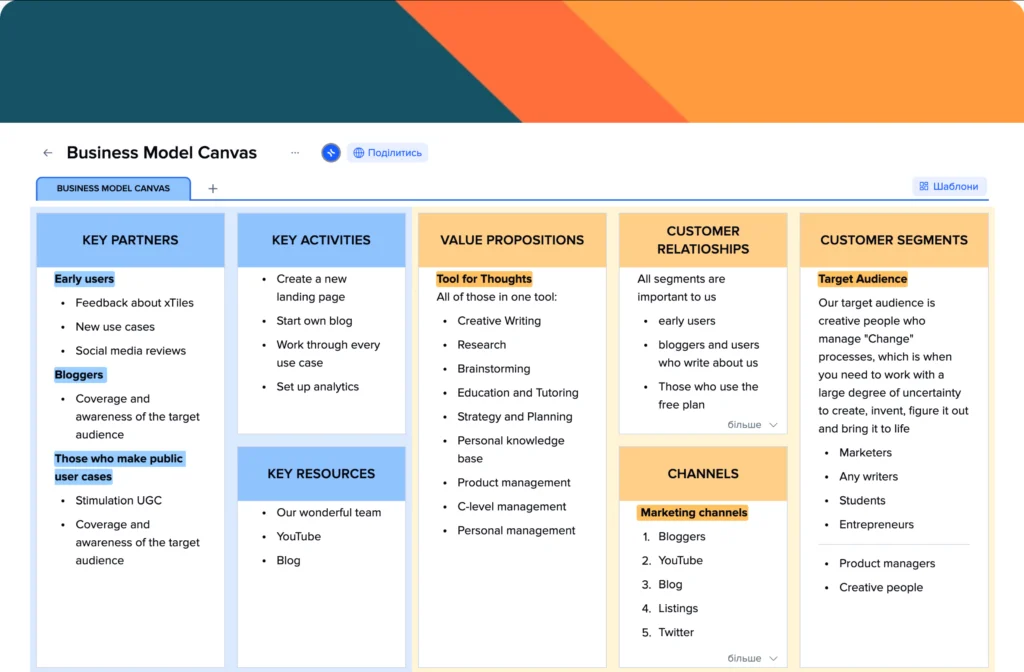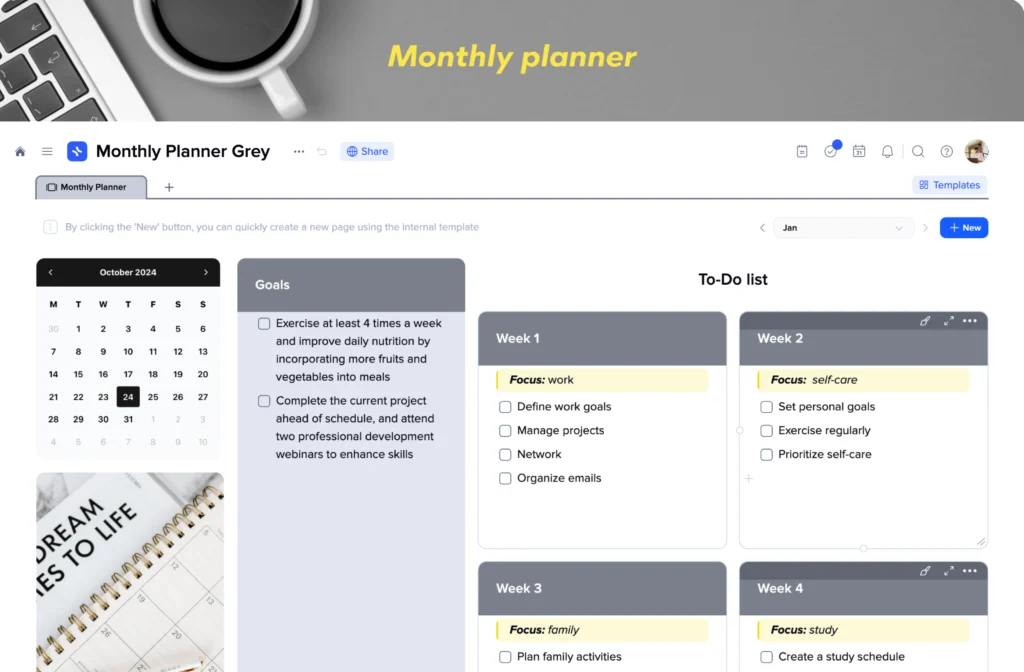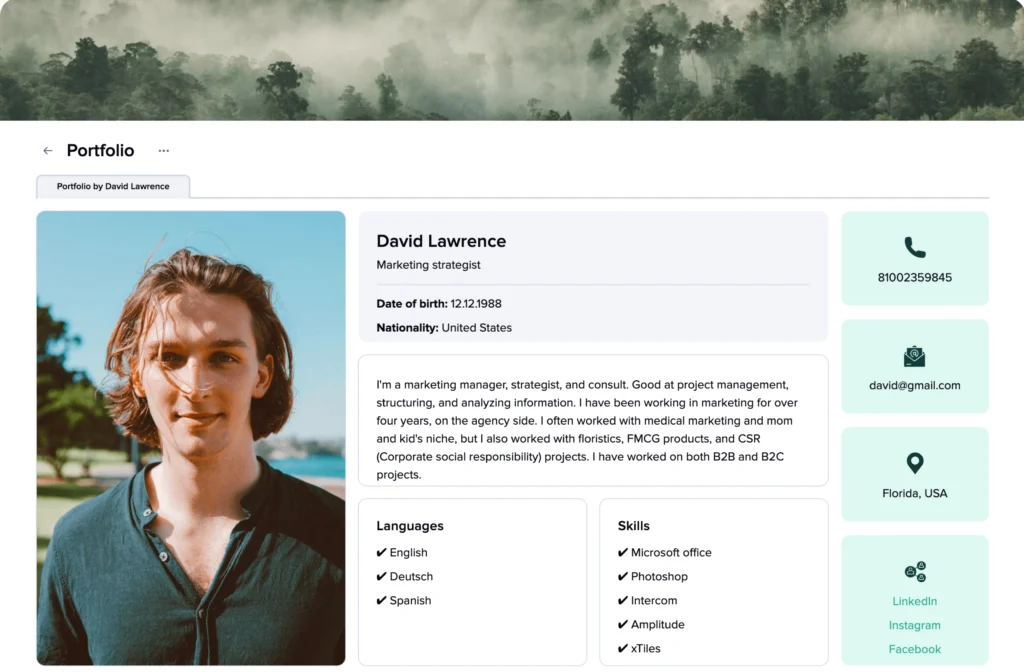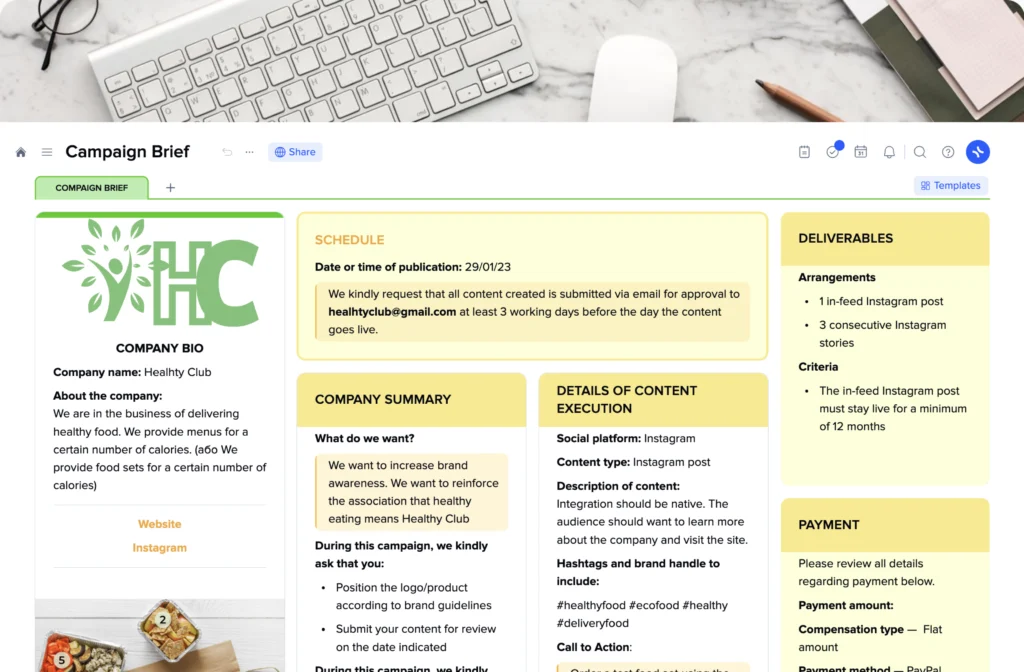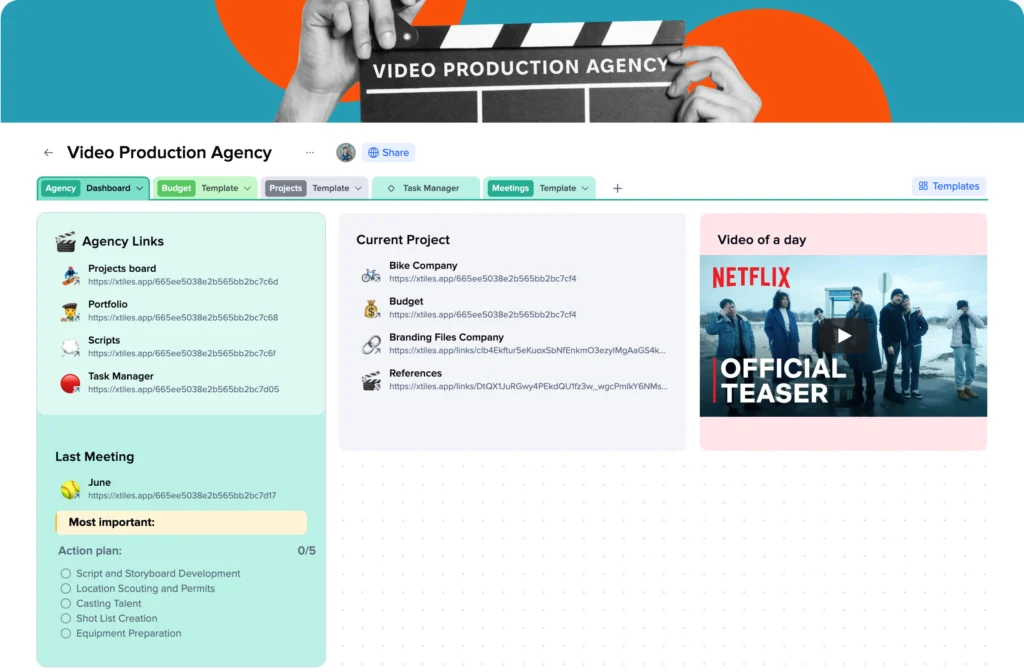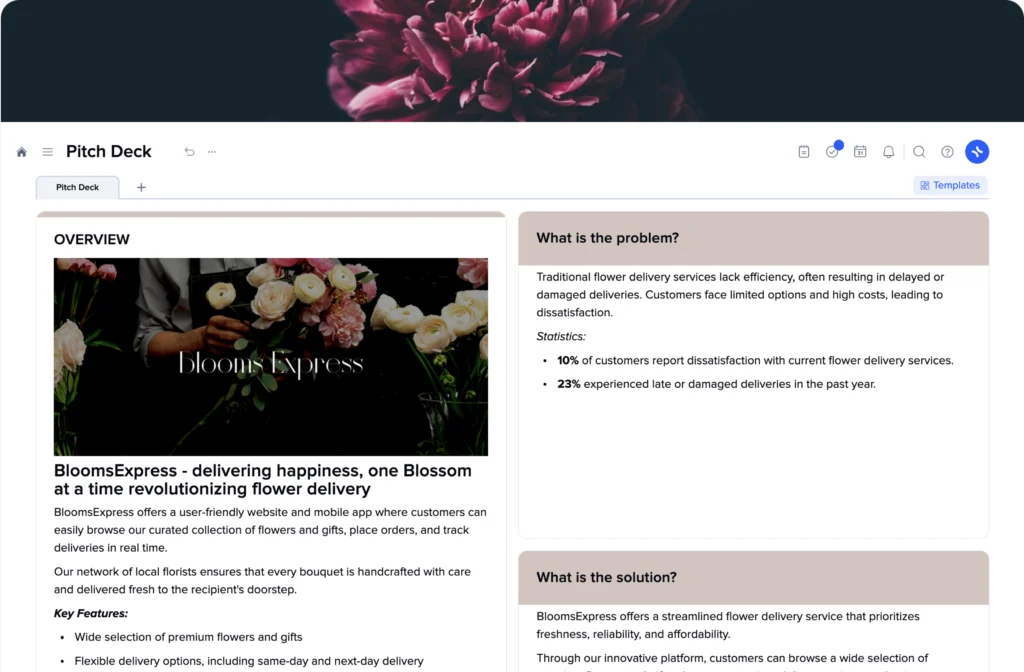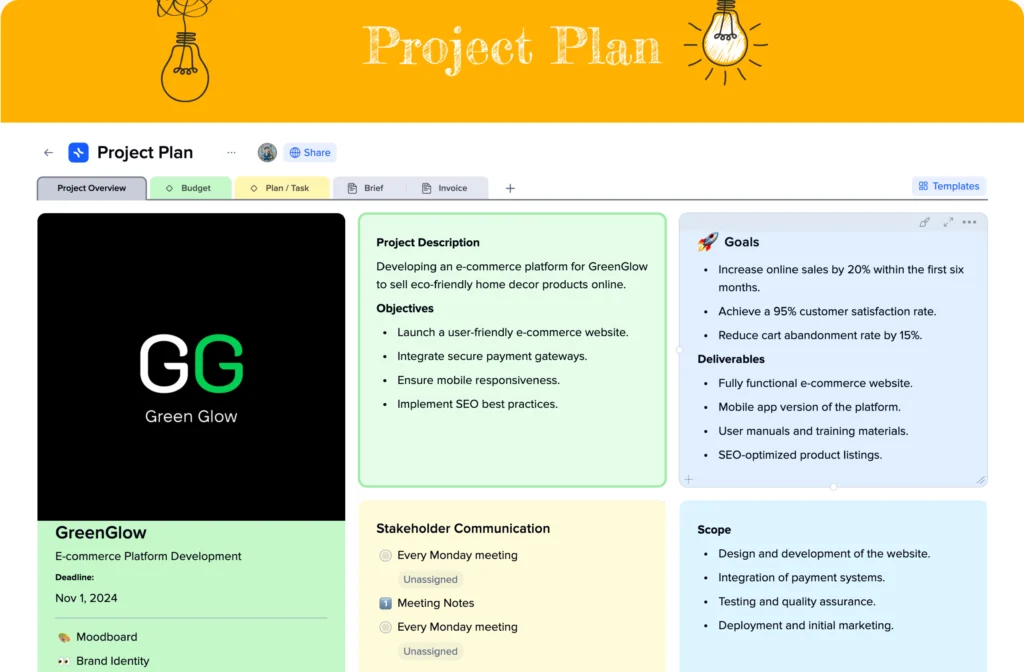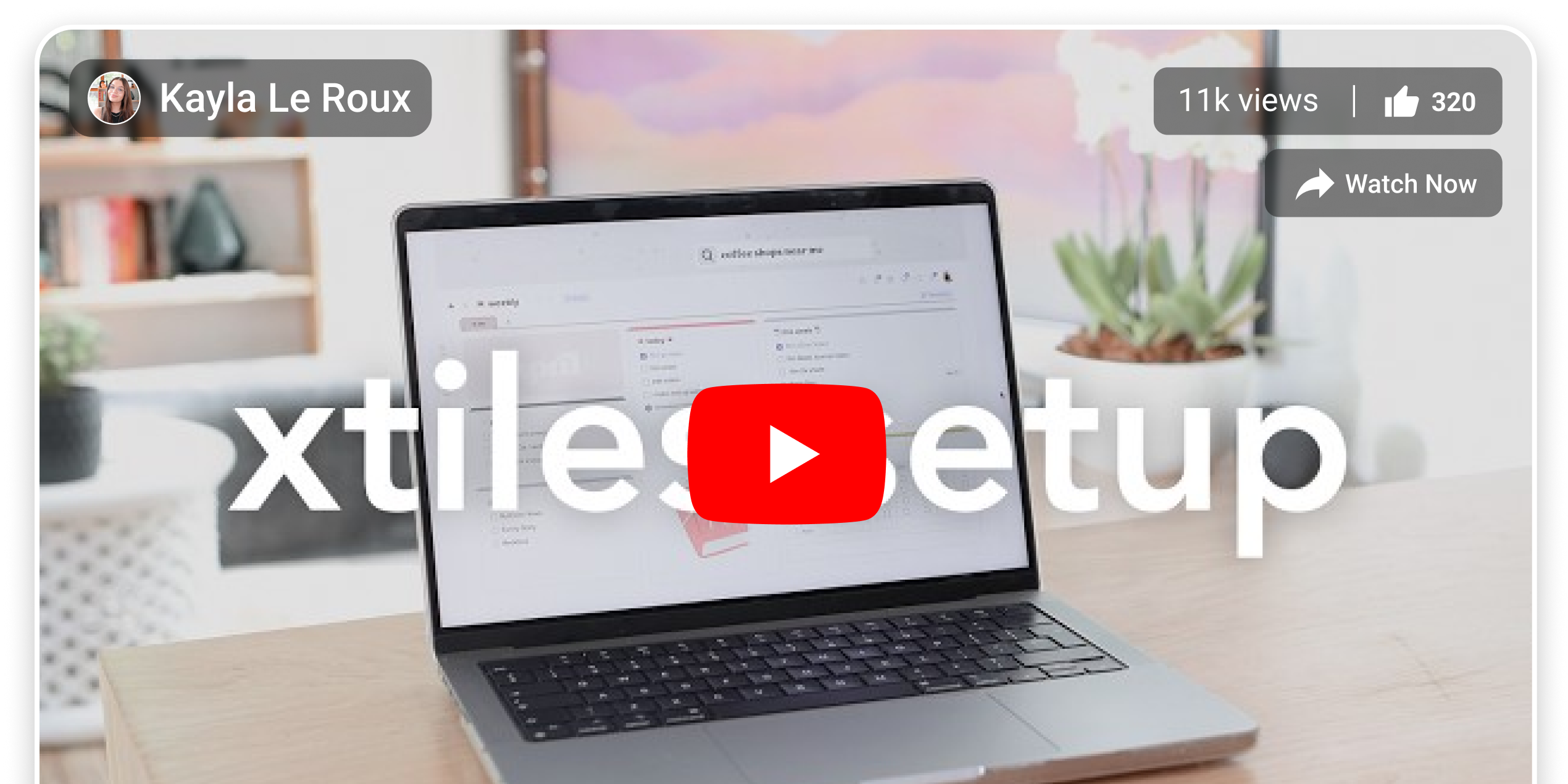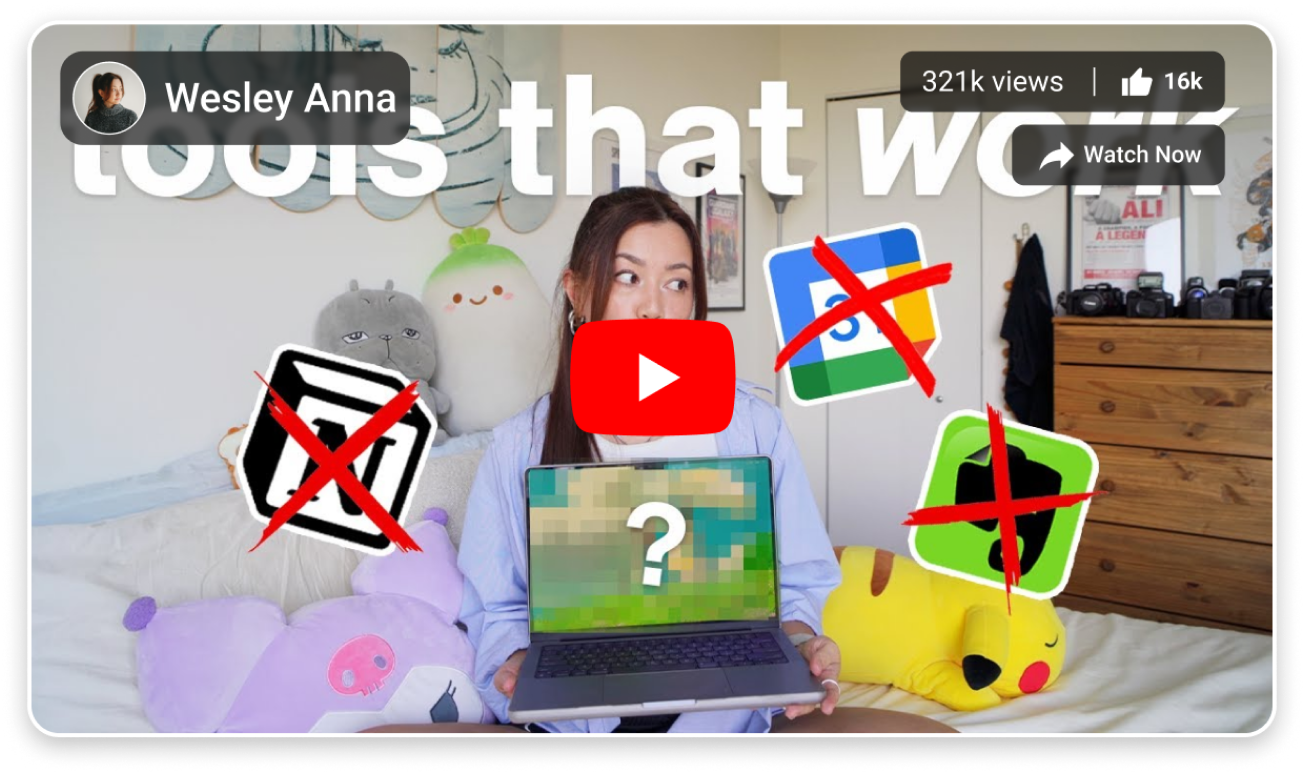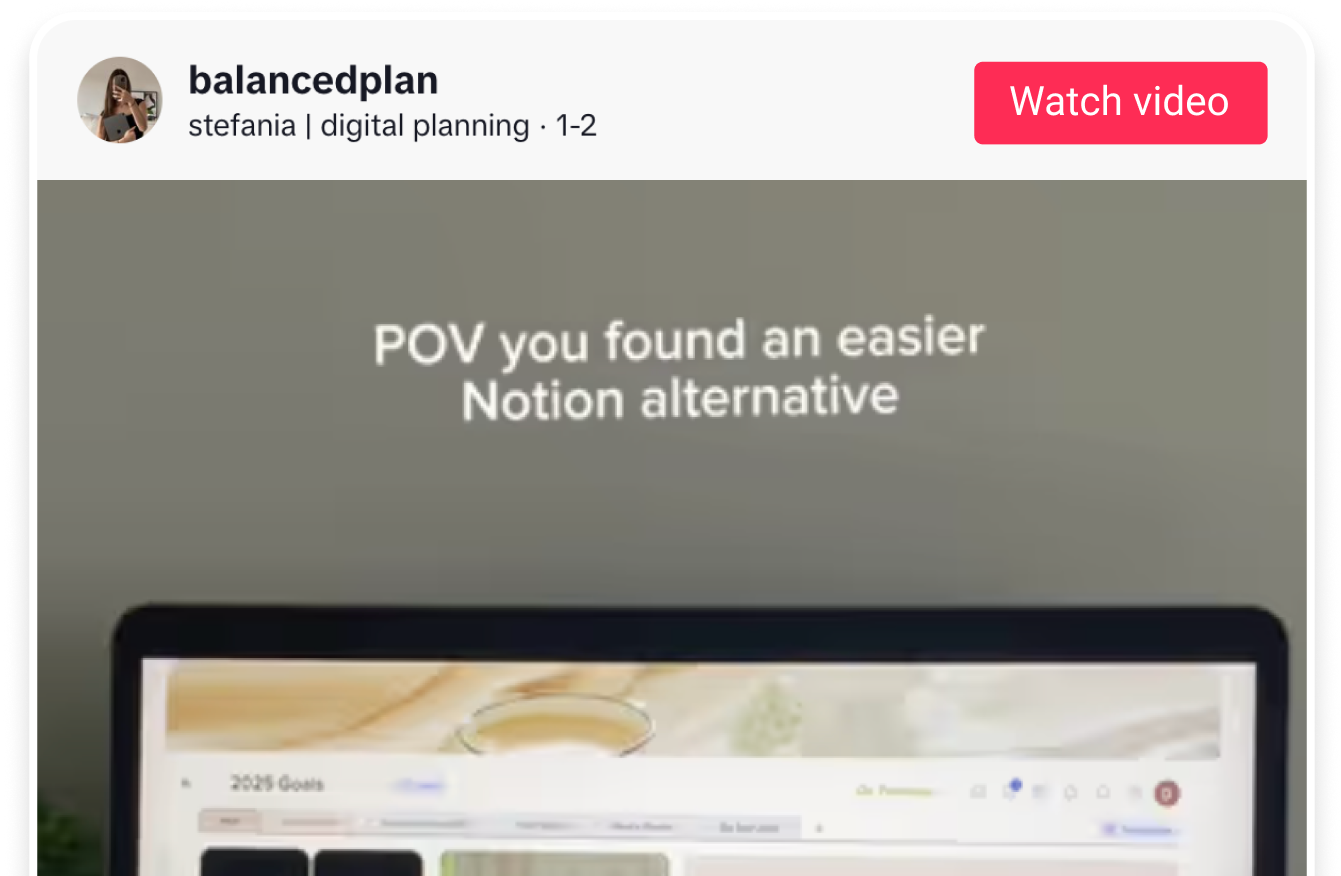Business Model Canvas Template (BMC)
Entrepreneurs and companies need tools to plan, analyze and optimize their strategies. One of those tools is the Business Model Canvas (BMC), a visual tool for business model generation and optimization. This article is a continuation of our BMC planner to explain what the BMC is, its benefits and potential, and how to use it.
What is the Business Model Canvas template?
The Business Model Canvas is one of the strategic marketing templates to visualize, design, and pivot your business model, whether you’re a startup or a seasoned business with many devoted clients. It is a tool for business model generation, simplifying the creation and testing of business ideas.
Created by Alex Osterwalder and Yves Pigneur, this template gives you an overview of your business on one page, allowing you to look at everything important for decision-making at once. Imagine standing on a rock and admiring your land beneath it. BMC gives exactly this opportunity.
It has 9 blocks covering all the essential elements of a business model (a bit more on each below). Offering a very basic structure doesn’t eliminate any aspects of your business; quite the opposite, it makes your life easier, which is especially important when you don’t have a huge team that takes care of analyzing data, trends, planning, etc.
Which businesses are suitable for a Business Canvas Model (BMC) template?
The Business Model Canvas template is a versatile tool for businesses at any stage, from startups to well-known companies, to become/stay competitive and innovative in their market.
Businesses can use the BMC to:
-
Identify key partnerships and customer relationships
-
Analyse cost structure and operations
-
Align value proposition to customer segments
-
Get new distribution channels and revenue streams
-
Enhance innovation and strategic thinking
Generally speaking, a free Business Model Canvas template is one of the easiest tools in strategic management available even to people with no previous experience to build a working strategy for developing the company.
Startups
Startups can test and refine different types of business models using the Business Model Canvas template, gather feedback from the market, and quickly and organically implement it into their business strategy.
The structured approach helps founders clarify many aspects of their new enterprise. They can use it to estimate their value proposition and target market. They can identify key resources and activities essential for resource and strategic management using a BMC. Additionally, new ventures can explore different revenue models early on.
Finally, the BMC may become a summary of the business model for pitching to investors or finding key partners. Due to its concise structure, it won’t bore your potential investors with unnecessary details while providing them with the data they need to make a decision.
Established businesses
Companies can use a Business Canvas Model template to find new opportunities or refresh existing business models. The template will also help visualize your current business model and identify areas to improve. It will show whether you lack some services your competitors offer and customers seek, slightly change your value proposition to be more attractive for your target market, etc.
A BMC is a shared language and framework for different departments to talk about strategy. That is how you can ensure your employees understand your goal.
Business Model Canvas template key elements and key resources
In his book Business Model Ontology, Alexander Osterwalder offers these key elements of a Business Canvas Model Canvas:
-
Customer Segments – the most important customers your business aims to serve
-
Value Propositions – the unique value your business provides to customers
-
Channels – how you will deliver your value propositions to your customers
-
Customer Relationships – relationships with customer segments
-
Revenue Streams – how customer segments will contribute to your overall revenue stream
-
Key Resources – the most important assets required to make your business model work
-
Key Activities – the most important actions your company must take to operate successfully
-
Key Partners – a network of suppliers and partners that make your business model work
-
Cost Structure – all costs incurred to operate your business model
These 9 elements help businesses to provide a comprehensive overview of their operations, value creation, and revenue generation processes. This structured approach helps entrepreneurs and managers visualize, analyze, and optimize their business strategies effectively.
When used online, BMC helps with these tasks without piles of paperwork, sticky notes attached to every surface in the office, and hours spent on organizing the information in an easy-to-read way.


